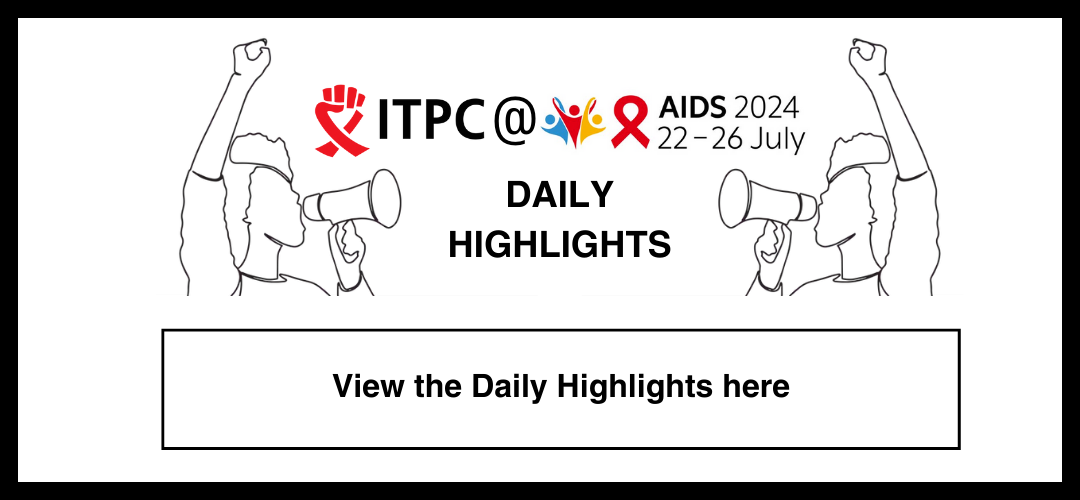With funding from UNAIDS, the International Treatment Preparedness Coalition (ITPC) adapted its Community Treatment Observatory (CTO) model to rapidly implement short-term CommunityLed Monitoring and Advocacy (CLM &A) during the COVID-19 pandemic. CLM&A was conducted to assess the impact on access to, and quality of HIV and/or TB treatment, and other essential health and human rights provisions.
The project had two main objectives:
- To meet the acute need for adherence support among people living with HIV in the main cities and local surrounding area of five focus countries
- To create a scaled-down, time-and scope- curtailed community observatory with the purposes of monitoring access to care and treatment, and health and human rights experiences during the ongoing COVID-19 pandemic.
Our work covered high-volume, urban facilities in China, Guatemala, India (which monitored TB indicators only), Nepal and Sierra Leone. This report focuses on the methods and results achieved for the second objective. To achieve objective 2, ITPC worked closely with its existing partners: AIDS Care China (ACC), ITPC- Latin America and the Caribbean (ITPC LATCA), the Global Coalition of TB Activists (GCTA), DRISTI (‘Vision’ – Nepal) and the Network of HIV Positives (NETHIPS) in Sierra Leone, all of whom have strong relationships with networks of people living with HIV and/or TB and other stakeholders – and staff already on the ground. The CTO model was expanded from its original focus on HIV related indicators to include TB, human rights such as food security and violence, and COVID responsive indicators selected in consultation with ITPC’s partners. Each partner customised their indicators, according to their areas of direct focus, and the final indicator for each tool was an assessment of governments’ performance and its management of the COVID-19 pandemic. Data collection was shortened, bookended by four months. Partners collected quantitative data on 31 indicators at 17 health facilities, which served over 20,000 persons on ART.

